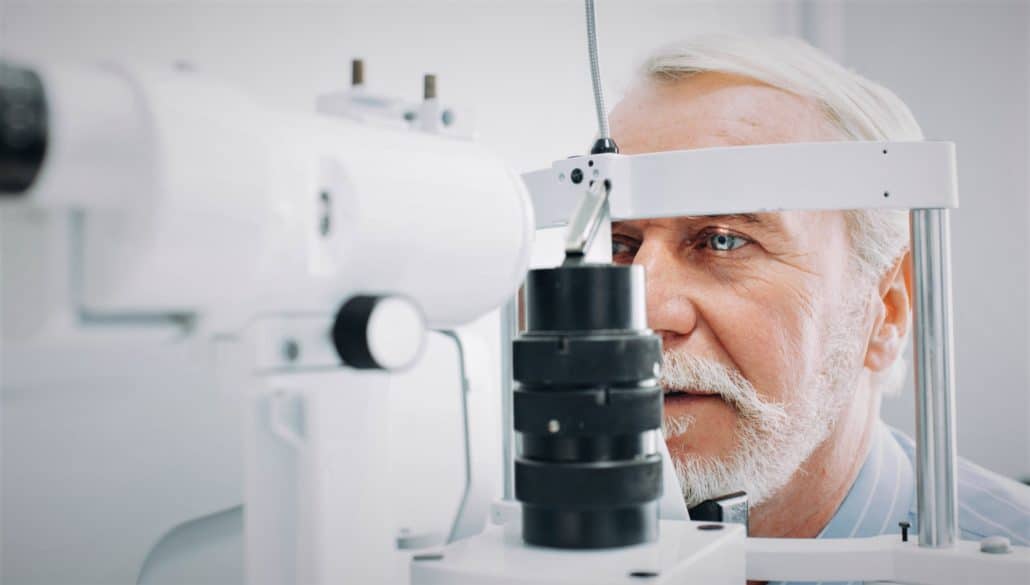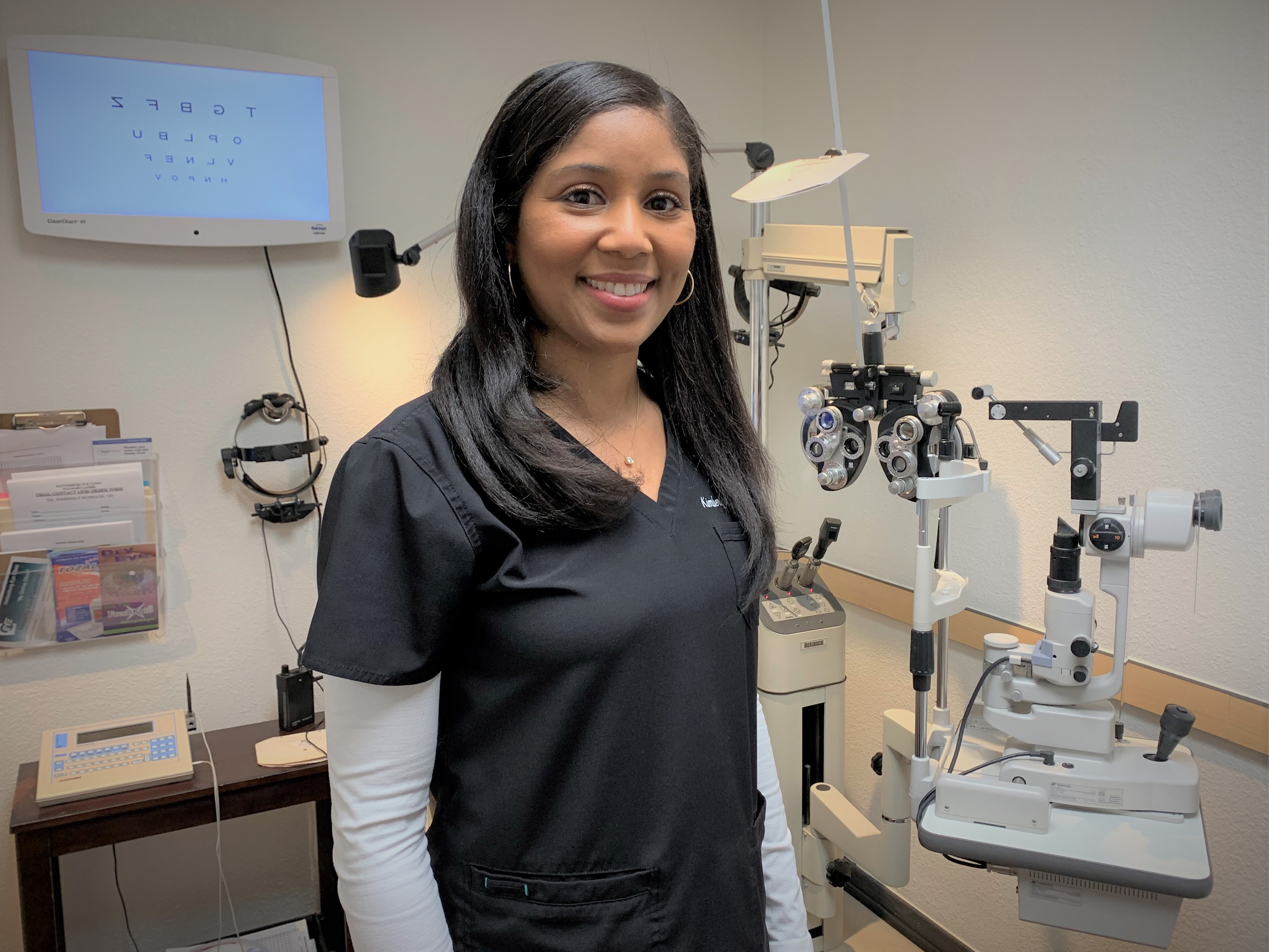
Here’s some great news: With average life expectancy in the U.S. increasing by nearly ten years over the last half century, more of us are living longer. As a result, however, age-related health problems are also on the rise—including eye diseases that lead to poorer vision.
Most people experience some decline in their vision as they get older. But some age-related eye diseases are particularly troubling because they can eventually lead to severely impaired vision or blindness. To make matters worse, vision-robbing diseases like glaucoma, cataracts, macular degeneration or diabetic retinopathy are now on the increase, threatening the eyesight of millions of senior adults.
This threat is collectively known as low vision, a loss in visual acuity that’s often permanent and difficult to overcome. Fortunately, though, most diseases that lead to low vision develop gradually, and often display detectable signs along the way. You thus have a greater chance for healthier vision if you take steps to address an eye disease in its initial stages.
According to Dr. Kimberly Burrage, a Therapeutic Certified Optometrist with Hattiesburg Eye Clinic, the best way to do that is to get a baseline eye exam at age 40, and then continue annual exams from then on.

“There are certain ‘silent’ symptoms associated with many eye conditions that aren’t always apparent to a patient,” says Dr. Burrage, who specializes in diagnosing and managing eye diseases. “But they can often be detected by an eye doctor through a standard eye exam.”
Dr. Burrage also says some adults may need to undergo this exam earlier. “If you’re already experiencing vision problems, you have a metabolic condition like diabetes or high blood pressure, or you have a family history of eye disease, you certainly shouldn’t wait until middle age to begin annual eye exams.”
You may also notice signs as you age that tell you your vision isn’t what it used to be. The most common of these is a condition known as presbyopia in which a person finds it difficult to focus on near objects, most notably while reading.
“Presbyopia occurs because the eye muscles that control the lens begin to lose their flexibility as we age,” says Dr. Burrage. “This reduces the lens’s ability to adjust its focus, which can especially interfere with up-close vision. Most patients turn to aids like reading glasses, progressive or bifocal lenses or special contact lenses to help them better see near objects.”
Difficulty with seeing up close is just one of many signs of decreased vision that can accompany aging. You should also consult an eye doctor if you notice things like:
- Difficulty seeing at night;
- Blurry vision
- A halo effect around bright lights;
- Sudden flashes of light;
- Red, watery eyes;
- Double vision.
Even so, annual eye exams beginning in middle age are the surest way to detect an eye disease that could eventually rob you of your sight. These exams can become the starting point for a variety of treatment options that could help you effectively manage an eye disease or condition.
For example, if an eye doctor detects elevated fluid pressure in the eye—the onset of glaucoma—there are a number of treatment options now to reduce the pressure, ranging from daily drops to minimally invasive surgeries, that help a patient avoid permanent damage to the retina. There are similar ranges of options for many other debilitating eye conditions.
The goal in many cases is to manage the condition so that you’re able to retain as much of your vision as possible. Dr. Burrage also says there are things you can do to help improve your vision overall or to better cope with low vision, should it occur.
- Improve contrast. “One characteristic of low vision is a decreased ability to differentiate between color hues and shades,” says Dr. Burrage. You can make it easier to see items if they are placed on backgrounds that contrast their color—for example, dark placemats under white China or a dark rug against a beige floor.
- Increase lighting. Dr. Burrage recommends better lighting in dimly lit areas to reduce the risk of falling or tripping, hazards that impact 3 million seniors each year. Consider, then, adding additional lighting on staircases or hallways, or outside along walkways or garden paths.
- Eliminate clutter. Along the same vein, items scattered about can make it difficult for someone with low vision to navigate through their home or find things they need. “You can make your life easier if you make sure everything in your house is in its proper place and out of the way,” says Dr. Burrage.
- Embrace technology. The “Internet of Things” is making it possible to manage many aspects of your home with a computer, smartphone or a virtual assistant like Siri, Alexa or Google Home. With these devices you can control thermostats (which could be hard to read), lock doors or turn lighting on or off without physically having to do so.
- Engage in healthy habits. A healthy lifestyle can protect and enhance your eyesight. Be sure to exercise, maintain a healthy blood pressure and control your cholesterol. Kick the habit if you smoke. And be sure you’re eating “eye-friendly” whole foods rich in Vitamin C (oranges and tomatoes), Vitamin E (almonds, sunflower seeds and avocadoes), and lutein (dark, leafy greens, mangoes and peaches).
The possibility of a disease leading to low vision is something you should take seriously as you get older. But there are things you and your eye doctor can do to avoid that risk—and the sooner you pursue them, the less likely your eyesight will suffer.
If you’d like to learn more about senior eye health, visit our webpage. For more information on how Hattiesburg Eye Clinic can help improve your overall vision health, call 601-268-5910 (or toll-free 800-624-8254) or schedule a consultation with us online.


